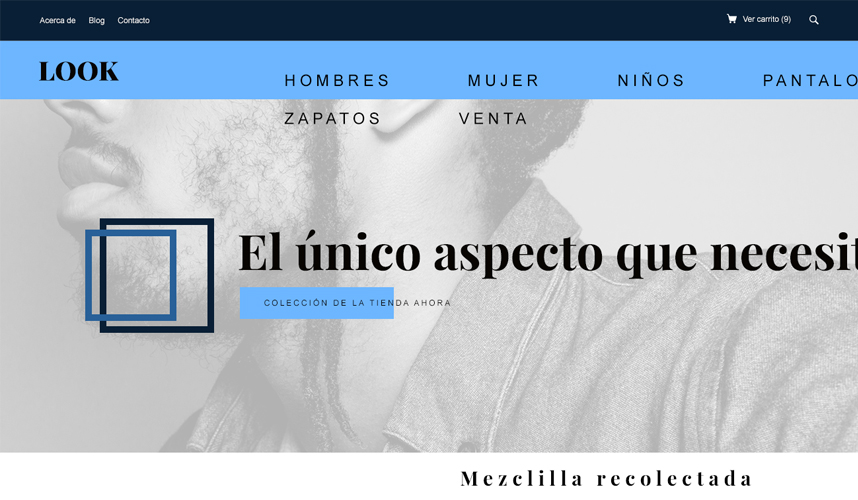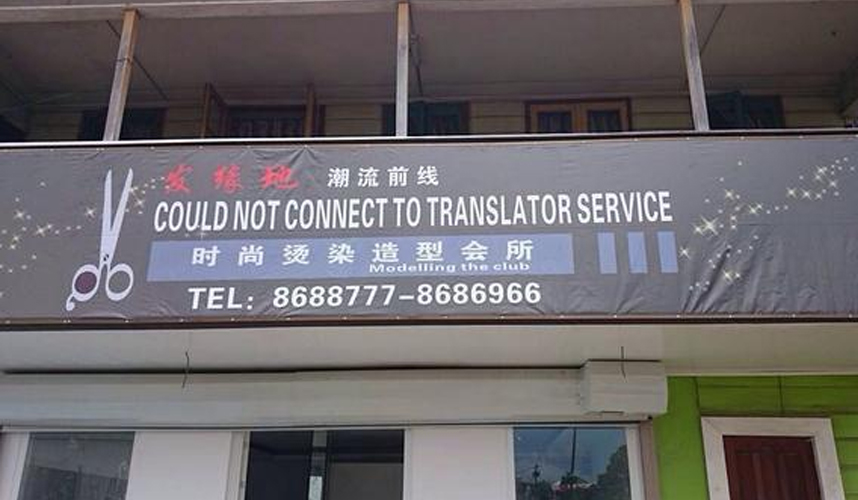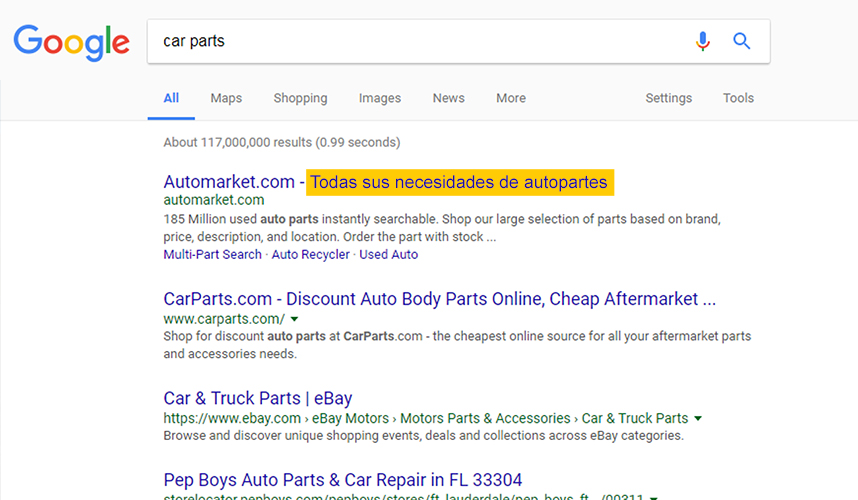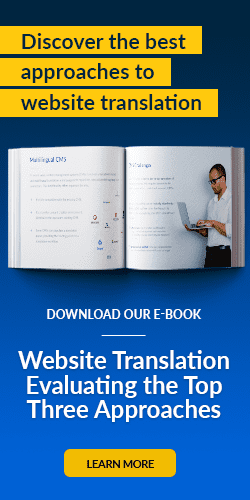If your company serves global customers, you need a translated website, plain and simple. But localizing these sites isn’t easy … especially for inexperienced translation vendors, or vendors with undercooked solutions.
A lot can go wrong for those vendors, mostly because they don’t offer world-class translation technologies and processes. Translation snafus alone can ruin your rep in global markets. It all boils down to using a great translation solution with battle-tested technologies that anticipates problems others can’t.
What are those problems? Keep reading to learn what they are—and how to avoid them.
#1: Word Growth
Some languages require more words than others to articulate certain concepts. This phenomenon—called word growth—is common in translation. For example, Spanish content is often 25% to 30% longer than its English counterpart.
These longer sentences can wreak havoc on meticulously-designed website templates, because the templates were originally designed for English content. The end result? Misaligned titles and disjointed pages that create a sloppy user experience. It damages brand credibility, and sends customers packing.
Great website translation solutions use tools and technologies that provide a “live view” of how translations will appear on-site, in real-time. Linguists can adjust translations on-the-fly, preserving the multilingual site’s look and feel—and its credibility.

#2: Translating Images
Website images often feature English text “embedded” in them, which create problems for many website translation solutions. Most don’t anticipate the need to translate these images for multilingual sites, or can’t detect them, or won’t translate them at all.
When these untranslated images appear on multilingual sites, they shatter the in-language immersion. That’s bad news. Bounce rates can soar.
Superior translation technology solutions automatically detect these translatable images, flag them for human linguists to translate, and send them to talented graphic designers to create the translated image. You should never need to provide source files for this image translation—the best vendors can use those on-site JPGs and PNGs as the foundation of their image-translation workflow.
And throughout this process, smart management technologies should maintain the brand’s look, feel and corporate identity.

#3: Machine Translation Snafus
Translation software from companies like Google and Bing have come a long way in recent years. They’re a cheaper and faster alternative to human translation—but their quality still falls short for brand-conscious companies. The money you save on translation becomes a loss when customers bounce from a barely-understandable online experience.
Until machine translation technology can construct grammatically correct content that also conveys emotional and contextual nuance, it can’t compare to the skills and quality that humans bring to translation. For now, human translation remains the best way to capture the true voice of a brand.

#4: Translation of Underlying Content
Your website has important content that customers don’t pay attention to, or never see: webpage titles, descriptions, SEO-rich metadata and more. Search engines, however, love this stuff. Not translating (or mistranslating) this important content can have a major impact on organic traffic. It even impacts how—or if—your website shows up in regional search results.
A smart website translation solution works with, not against, your SEO strategy, ensuring these elements are localized. The very best solutions provide additional capabilities that further enhance search visibility and the on-site customer experience.

#5: Undetected Translatable Content
Most website translation solutions fail at a mission-critical component of website management: they can’t detect translatable content living on disparate parts of a site. This extends far beyond images. It’s most often text found in applications, third-party content, and in code such as JavaScript.
This results in a partially-translated website, which severely compromises the user experience. This alienates customers, undermines brand credibility and may even pose legal risks.
A solution that ensures full website translation—where the entirety of a website is presented in the preferred language of a target market—is the only real option for brands that want to earn the business and trust of global customers.


